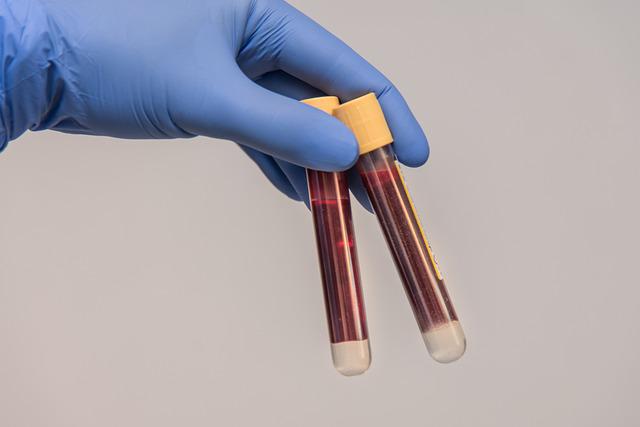release time:2021-10-13 14:12:55
Chemiluminescence immunoassay is a new immunoassay technique developed after radioimmunoassay, enzyme immunoassay, fluorescence immunoassay and colloidal time-resolved fluorescence immunoassay.

2022-03-11
There is a big difference between blood biochemistry and routine blood test. Blood biochemistry mainly checks kidney function, liver function, cardiac enzyme profile, electrolytes, etc. They react to diseases such as liver.

2021-12-24
Vet Chemistry Analyzers are used to determine whether various chemical components in the animal's blood are within normal limits, such as liver function, kidney function,

2021-10-28
Point of care testing, which stands for speed and ease of use, is a test that is done to address the most critical and important issues in clinical care. Doctors do not have time to consider the minutiae or endless possibilities. They only target the most central and urgent problems of the moment. People demand more from POCT equipment than just fast testing. They also require a POCT test that provides a clear enough clinical meaning. It is like a person who is about to die of thirst. The most important thing is to give him water to drink. Not whether his clothes look good or not.